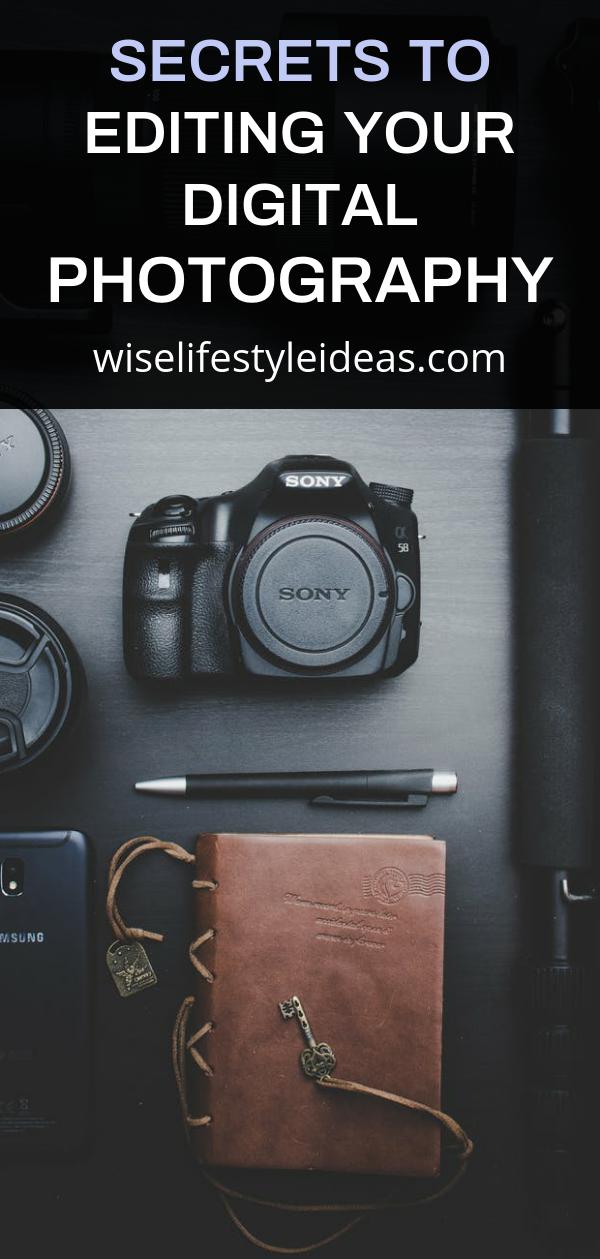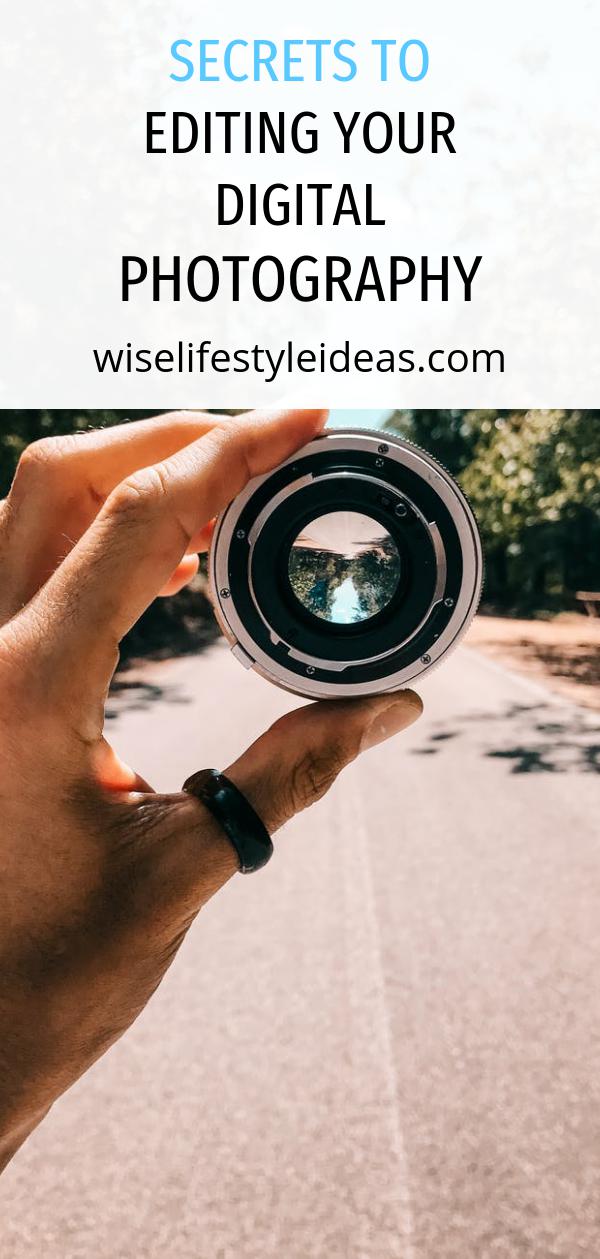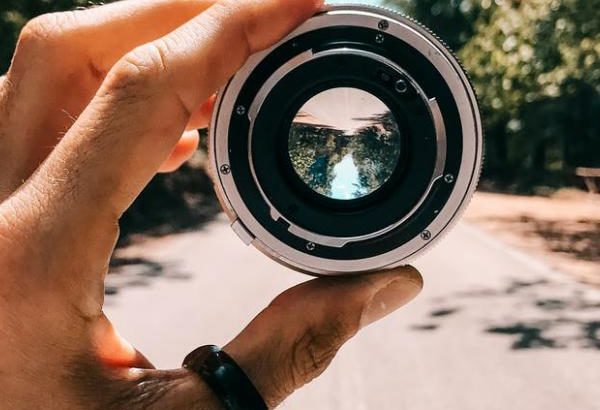The world is curious to know more and more about Digital Photography. Over the past several months I have been getting emails with questions on how to edit Digital Photography, people seem to be very upset with gigantic photos and problems with scanners. Problems ranging from sizing to how to add text bubbles, even how to create an oil painting with digital photographs! This article explores the annoyances of the scanner and how to fix them.
Scanners can sometimes be extremely difficult, some refuse to scan, others come up with half of the picture missing along with other problems that ruin the quality of your photo. If scanners settings have not been configured properly then the resolution could turn out grainy in your photo. Here are a few tips on how to use your scanner properly:

1) When you are scanning a photo make sure there isn’t any smudging or dirt on your photo. This is important because they will show right away once you scan the photo. If there are and smudges be careful when you clean them off, the last thing you want are scratches.
2) It is also important that the scanner is clean. After you have just cleaned your photo you don’t want it getting messy again and you don’t want any fibers showing the scan. Some items you can use are a lint-free pad and window cleaner wipes to clean the glass.
3) Most scanners will give you the choice of color copying or black and white copying. If you don’t want a black and white scan to make sure you select the color scan.
4) Digital photos can easily become too large or too small on your computer rendering them difficult to edit when you are done scanning. This is easily fixed by setting the resolution to get everything you want out of the picture.
5) Then hit the preview button. You know those photocopiers in schools, treat your scanner just like one, and carefully place your photo on the scanner. Then you want to ask it to preview the picture for you so you don’t have to rescan it later.
6) The previewed image should now be cropped to ensure you only have the photo in it. Cropping to your specific needs can be done later.
7) During the scan the last thing you want to do is move the photo or disrupt the scan, any changes you want made can be made on the computer.
8) Once the image is on your computer check the size of the image to make sure you didn’t mess up the resolution settings while scanning. If the image is too large it may crash an older computer, but generally, it has to be gigantic to do that.
9) Make sure you have a scan of the original image. It doesn’t take too long to do it but it may take a few minutes if you are scanning at a high resolution.

All these tips certainly helped me when I was having trouble with my scanner.
As you can probably see, editing digital photography is becoming more in demand. People want to be able to know what exactly their program or machine can do instead of dealing with how the photo looks straight off the camera. As digital photography becomes popular people are using it to make money with cheap e-books that are difficult to understand. Don’t waste too much money and time on those. Eventually, digital photography will completely replace normal film cameras and computers will become easier to use.




